
SecurityScorecard Blog
Read the latest blog posts published weekly.
-
 Blog
BlogDay in the Life of a CISO: A Vendor Breach: Assessing Our Exposure
December 19, 2024Day in the Life of a CISO: A Vendor Breach: Assessing Our Exposure
More Details -
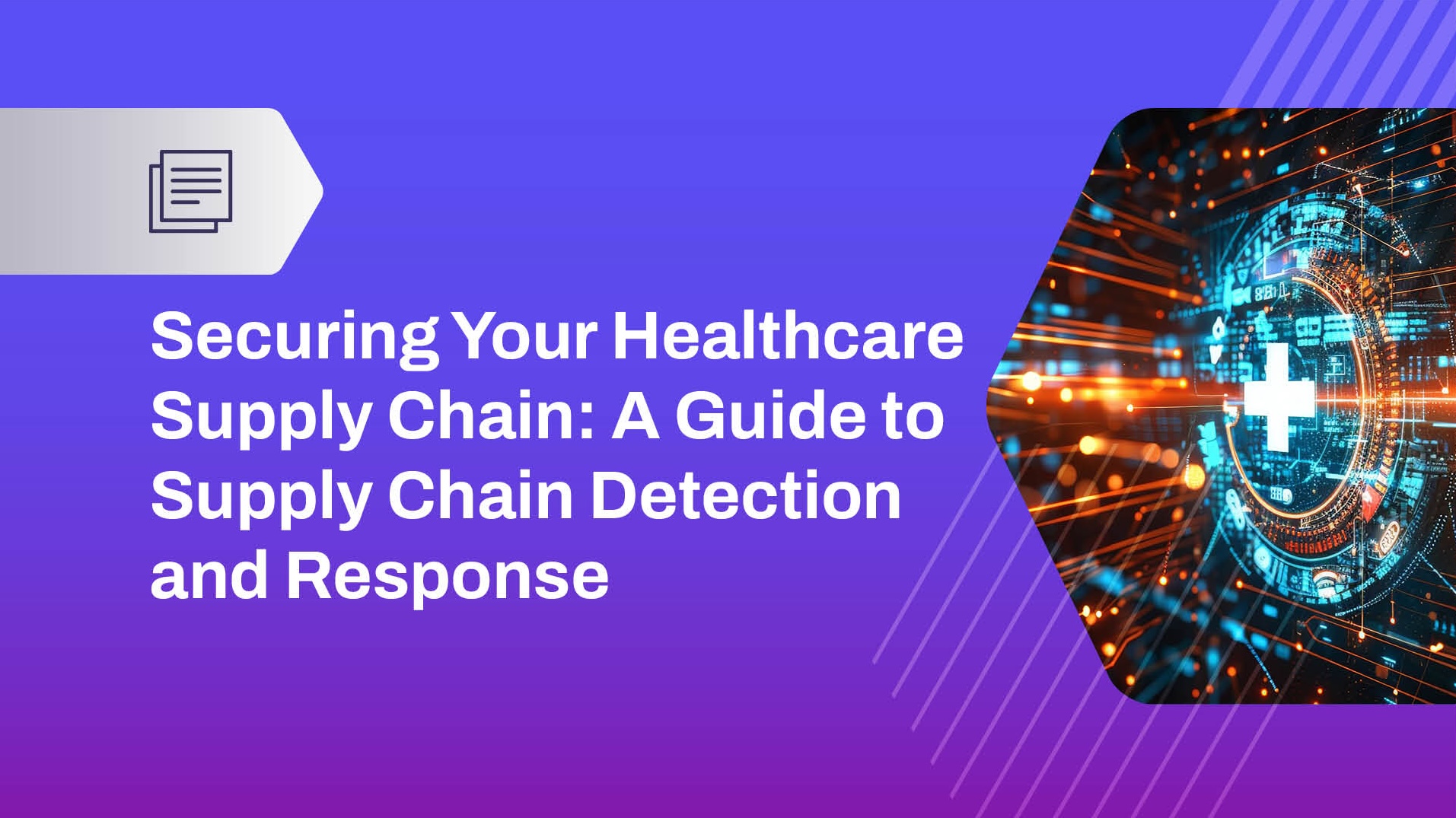 Blog
BlogSecuring Your Healthcare Supply Chain: A Guide to Supply Chain Detection and Response
December 17, 2024In today's interconnected healthcare landscape, supply chain security has emerged as a critical concern. Cyber threats are becoming increasingly sophisticated, targeting vulnerable points in the supply chain to infiltrate networks and steal sensitive patient data. As a result, healthcare organizations must prioritize the security of their vendors and partners to protect their own operations and patient information.
More DetailsHealthcare, SCDR -
 Blog
BlogScorecarder Spotlight: Portia Phillips
December 17, 2024Our series “Scorecarder Spotlight” showcases our talented employees and the incredible work they do. Meet Portia Phillips!
More Details -
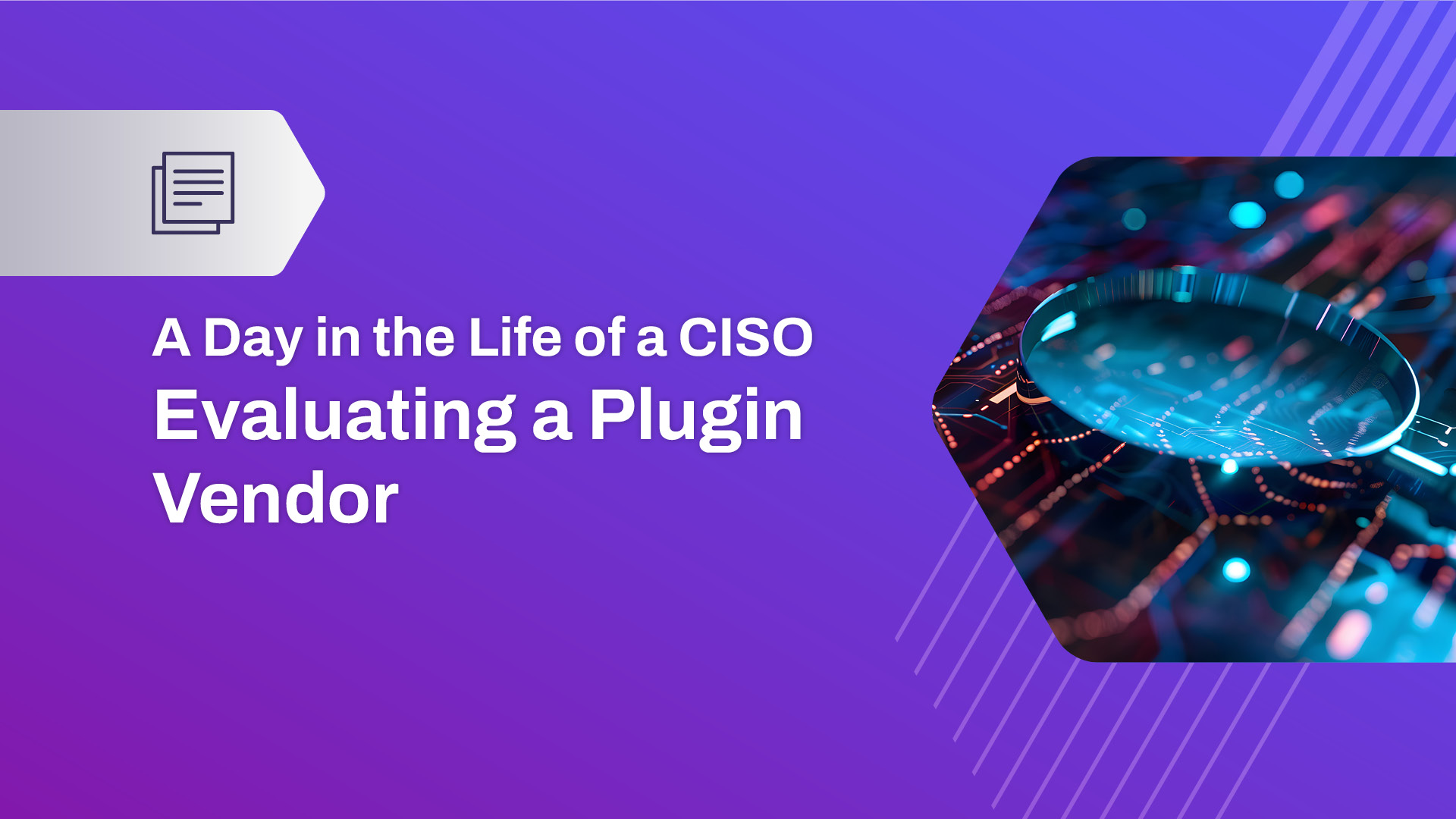 Blog
BlogDay in the Life of a CISO: Evaluating a Plugin Vendor
December 13, 2024Day in the Life of a CISO: Evaluating a Plugin Vendor
More Details -
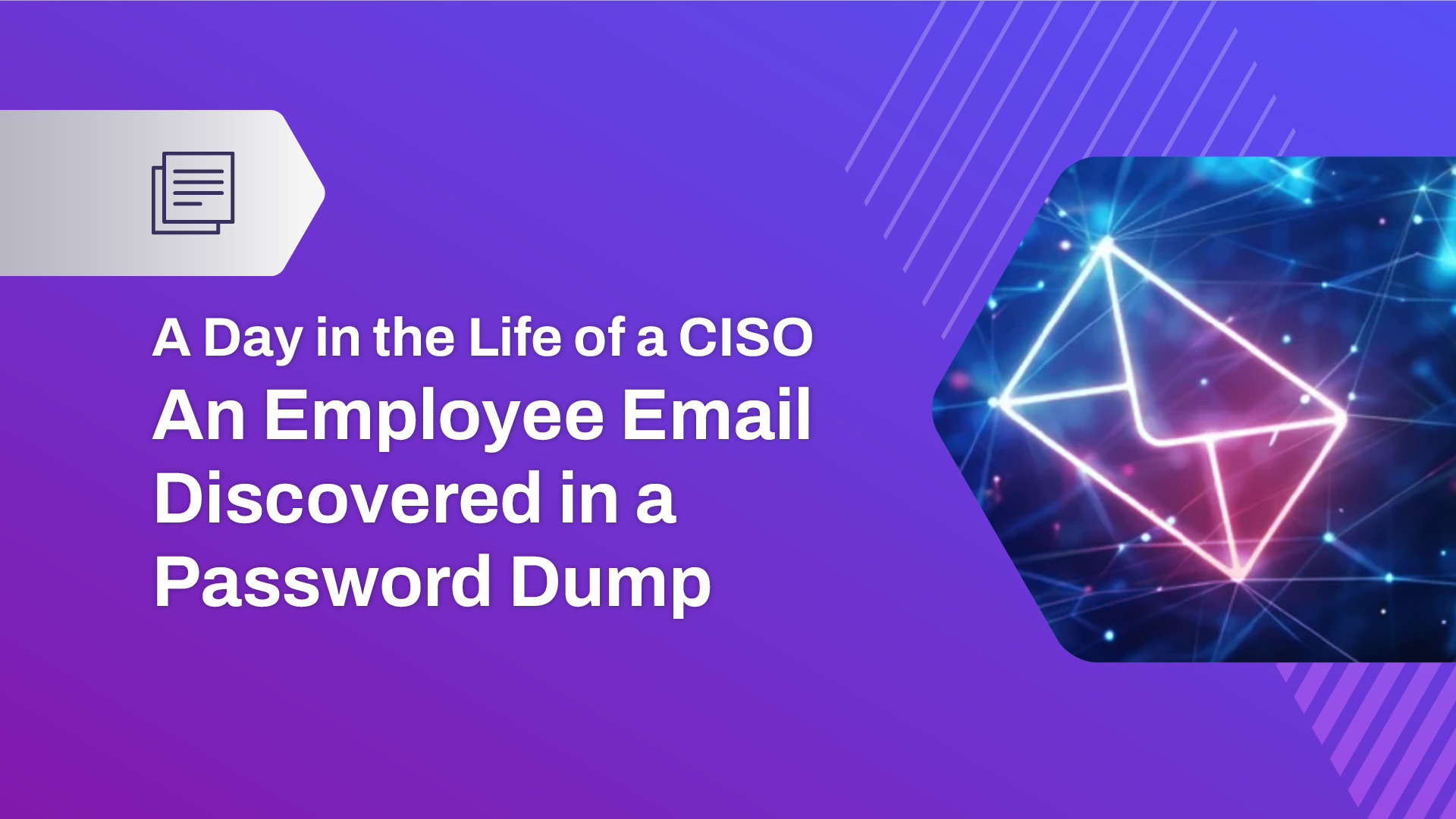 Blog
BlogA Day in the Life of a CISO: An Employee Email Discovered in a Password Dump
December 13, 2024A Day in the Life of a CISO: An Employee Email Discovered in a Password Dump
More Details -
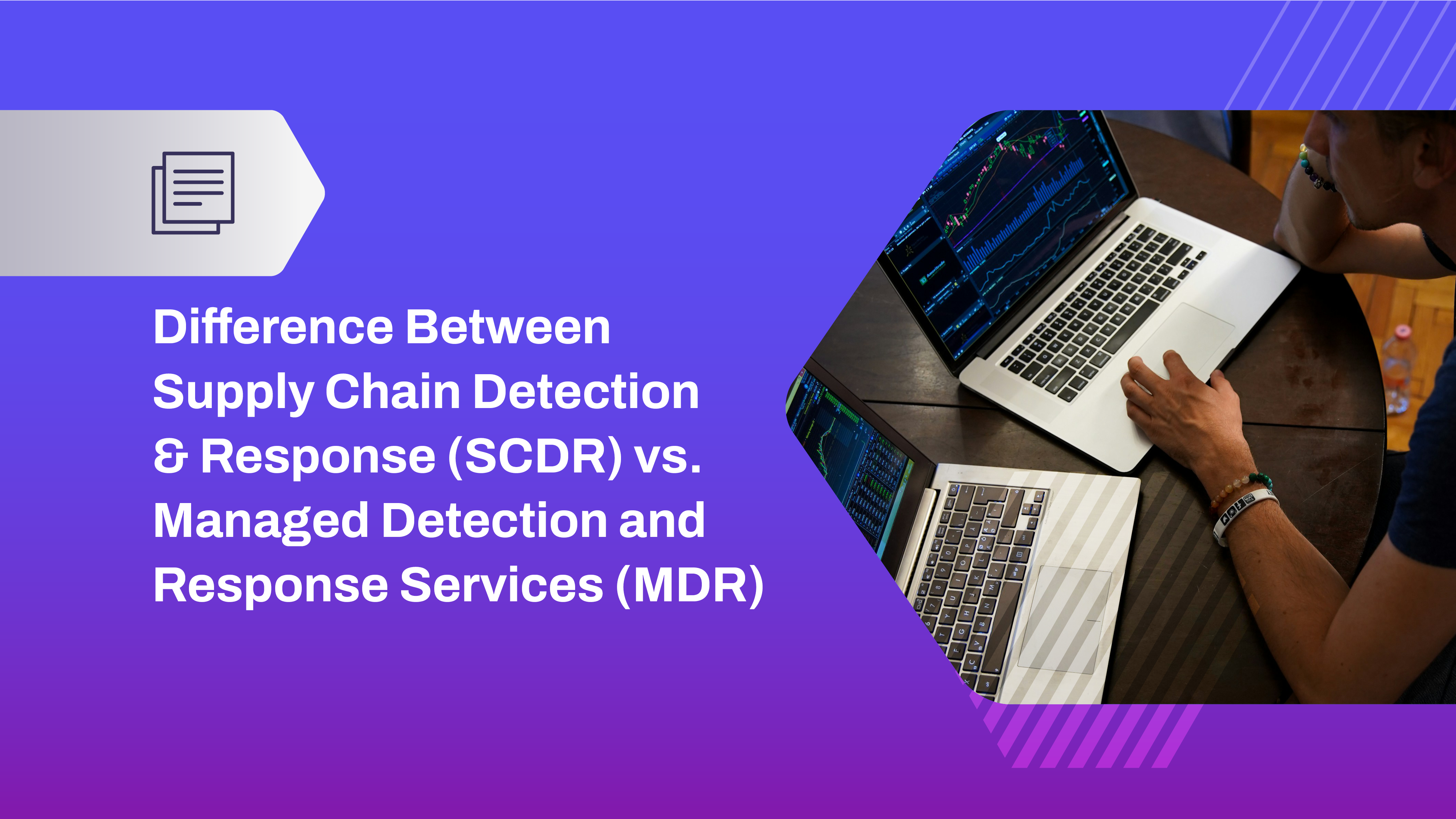 Blog
BlogDifference Between Supply Chain Detection & Response (SCDR) vs. Managed Detection and Response Services (MDR)
December 13, 2024Explore how SCDR complements MDR to provide a complete cybersecurity solution for internal and external threat protection.
More Details -
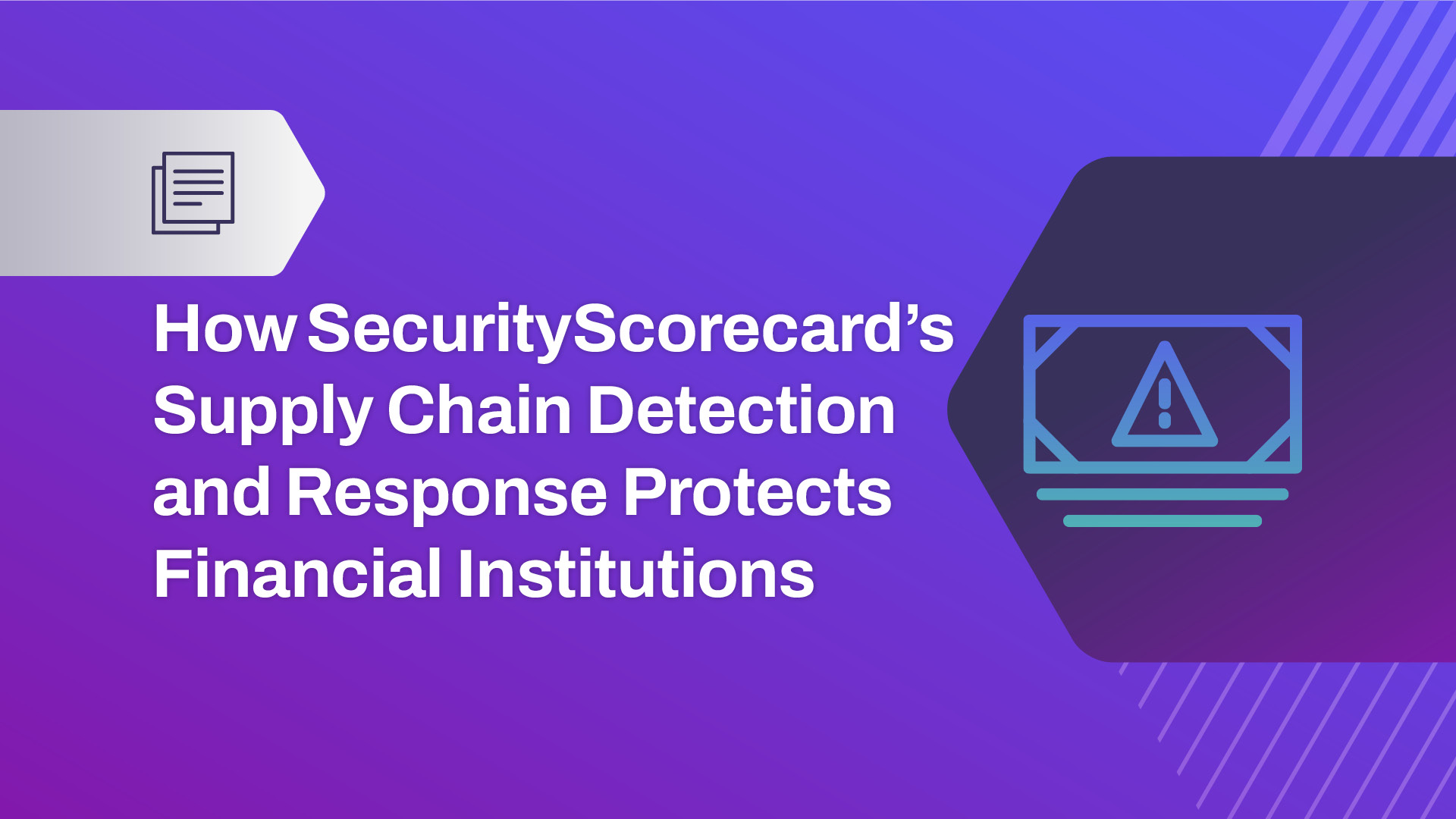 Blog
BlogHow SecurityScorecard’s Supply Chain Detection and Response Protects Financial Institutions
December 12, 2024As financial institutions continue to expand their digital ecosystems, the growing reliance on third-party vendors and service providers introduces significant cyber risks.
More Details -
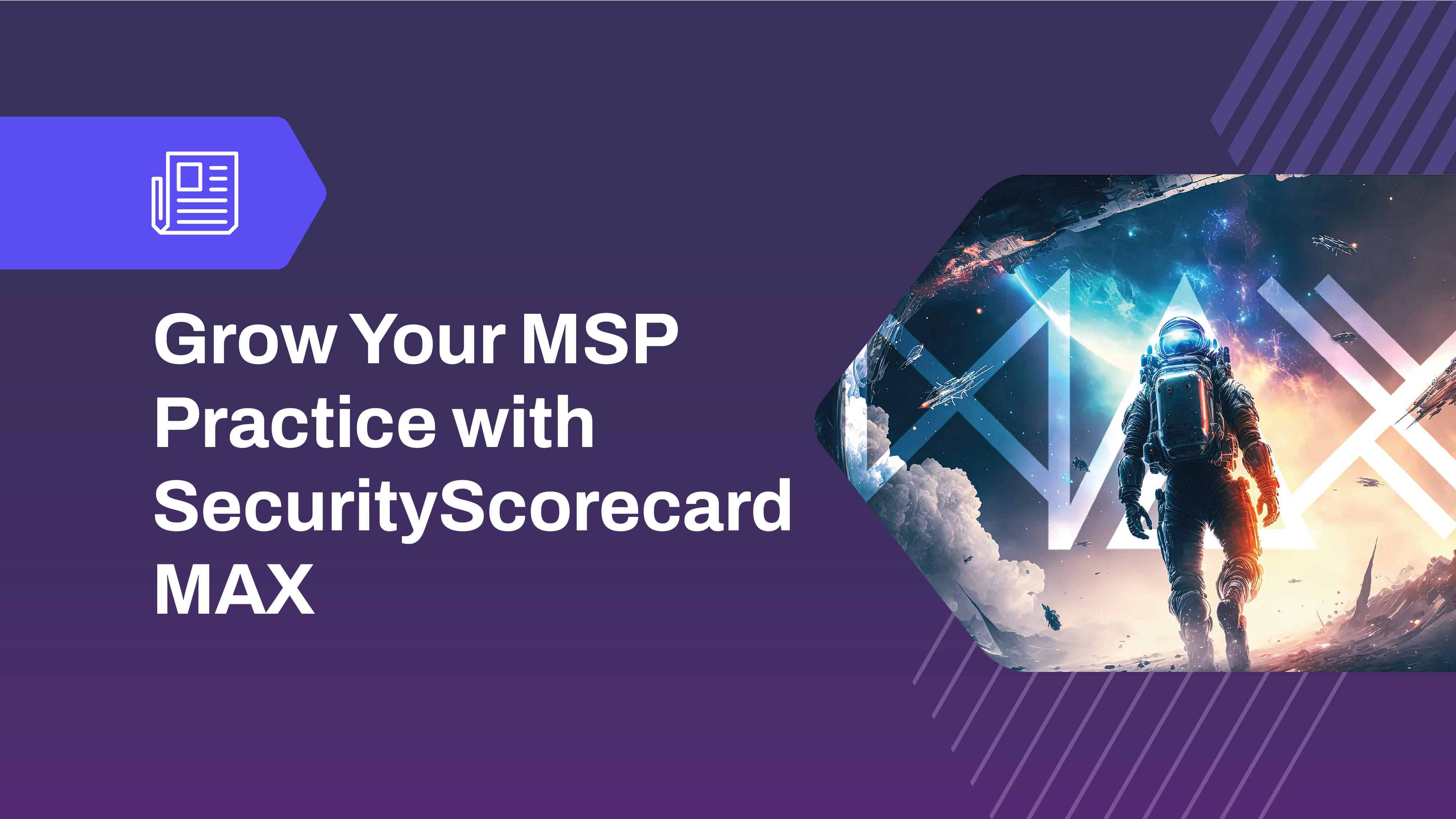 Blog
BlogGrow Your MSP Practice with SecurityScorecard MAX
December 3, 2024Transform vendor security into recurring revenue. SecurityScorecard MAX helps MSPs protect client supply chains with enterprise-grade tools, expert support, and automated risk management.
More Details -
 Blog
Blog2025 Security Predictions: The Forces Reshaping Cybersecurity
November 25, 2024What worked in 2024 may not protect you in 2025. Our experts outline what to expect and highlight hidden vulnerabilities to address to keep your company safe from attackers here.
More DetailsExecutive Viewpoint, Supply Chain Cyber Risk, Third-Party Risk Management -
 Blog, Learning Center
Blog, Learning CenterThe Most Important Security Metrics to Maintain Compliance: Best Practices for Prioritizing Cyber Resilience
November 22, 2024Security metrics are a great way to ensure your organization is meeting industry standards. Here are a few key performance indicators to track for maintaining compliance.
More DetailsSecurity Ratings, Tech Center -
 Blog
BlogScorecarder Spotlight: Fabio da Cruz Maciel
November 20, 2024Our series “Scorecarder Spotlight” showcases our talented employees and the incredible work they do. Meet Fabio da Cruz Maciel!
More Details -
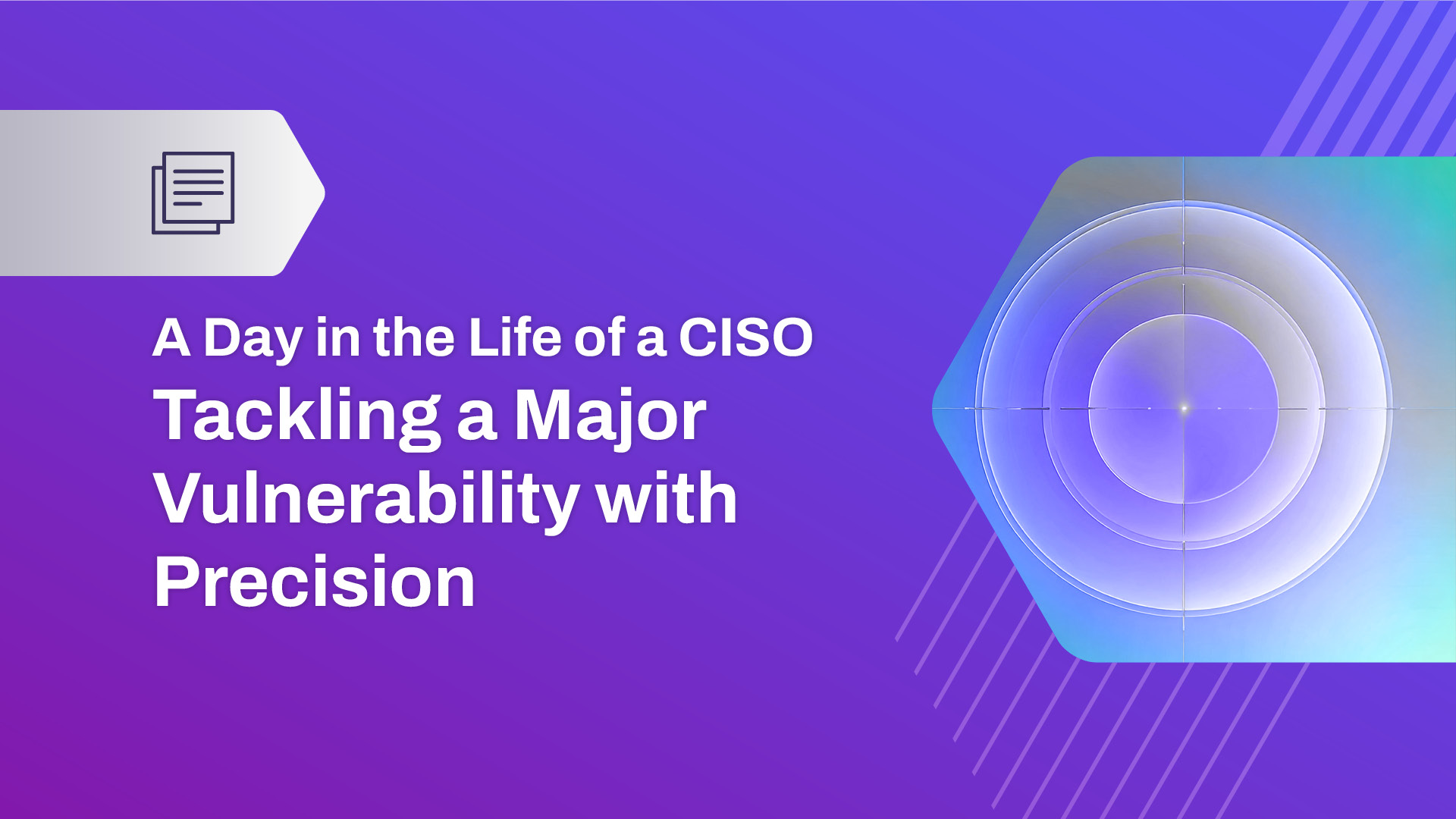 Blog
BlogA Day in the Life of a CISO: Tackling a Major Vulnerability with Precision
November 18, 2024A Day in the Life of a CISO: Tackling a Major Vulnerability with Precision
More Details






